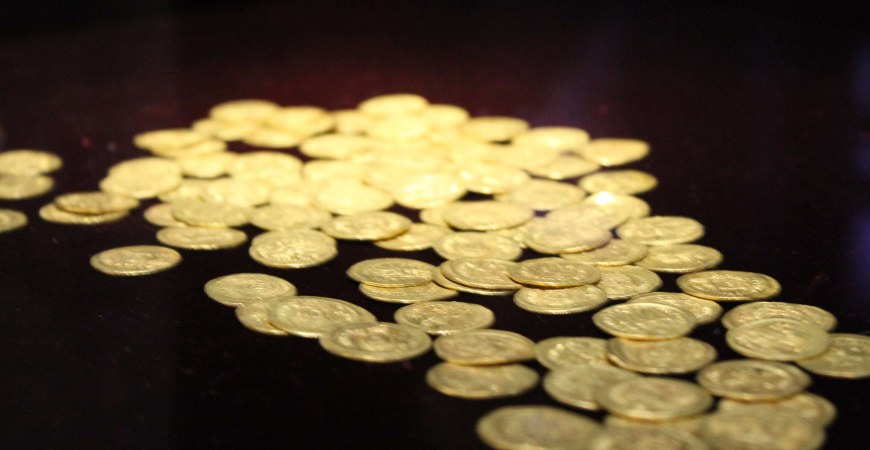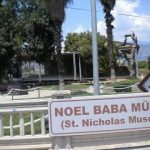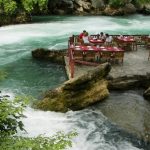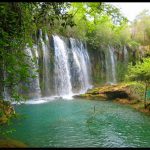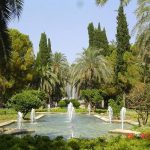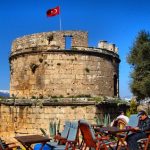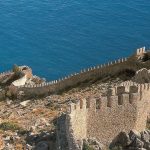Antalya and Alanya Museums in Turkey
Antalya Ethnographic Museum:
The Antalya Ethnographic Museum is located in one of the city’s wells, known monuments, the Yivli Minare Mosque, which was re-organised and opened to the public in 1974. The Yivli Mosque Minaret was built in 1225 by the Seljuk Sultan Alaeddin Keykubad 1, and the old church which was on the site was converted into the body of the mosque. The precincts were enlarged in the 14th Century. The precincts include a tomb, a medrese (Moslem college), a Mevlevi dervish tekke etc. The Yivli Minare Mosque became the Ethnographic Museum in 1971 when the archaeological works kept there were moved to the present Ankara Regional Museum.
Today the Ethnographical Museum contains clothing, kitchen utensils, embroidery, tapestries and looms, socks, snacks, kilims. ornaments, and nomadic tents which the Turkmens and Yoruks carry in the Taurus Mountains, complete with the objects inside them.
Antalya Art Gallery:
The Antalya Art Gallery, formerly situated in the Antalya Municipal Exhibition Salon, has now been re-opened in the Mevlevi dervish tekke of the Yivli Minare Mosque, in 1973. The pictures and sculpture of Turkish artists are displayed here both temporarily and permanently. Antalya Art Gallery also conducts educational art studies.
You may want to see this promotional tour: 3 Days Antalya Tour Package From Istanbul.
Alanya Museum:
Alanya Museum is west of Alanya near the Damlatas Cave. It was opened to the public in 1967. The museum has two exhibition rooms and an open-air exhibition area in the garden. The first room contains archaeological works, while the second contains ethnographic works.
The Room of Archaeological Works: Includes pottery dishes and idols from the Prehistoric Age (2500 – 200 BC), bracelets from the Bronze Age, fibulas, blows and arrow heads from the Phrygian period, Lydian dishes, ceramics, lamps and figures from the Hellenistic period, dishes, steles, statues, inscriptions, glass objects and mosaics from the Roman period, Byzantine lamps, and a round metal weight representing Athena. A large proportion of the archaeological works came from the Alanya region, and where examples of a particular period were lacking, objects were brought from other museums to complete the chronological sequence.
Ethnographic Room: This contains works collected from the region of Alanya belonging to the Seljuk, Beylik and Ottoman periods. Exhibited are Ottoman period carpets and kilims, kitchen utensils, various weapons, pieces of Seljuk tiles found during excavations at Alanya Castle, embroidery, jewelery, manuscripts and inscriptions, lecterns inlaid with mother of pearl, a collection of coins extending from the Greek to Islamic periods and examples of clothing from Alanya and Anatolia.
In this museum garden are capitals, building stones, and pieces of busts and statues dating from the Roman period, and grave stones and inscriptions dating from the Ottoman period. Monuments open to visitors in Alanya are Alanya Castle, Kuz Tower and the Old Dockyard. Damlatas Cave is also of interest, with its stalagmites and stalactites.

